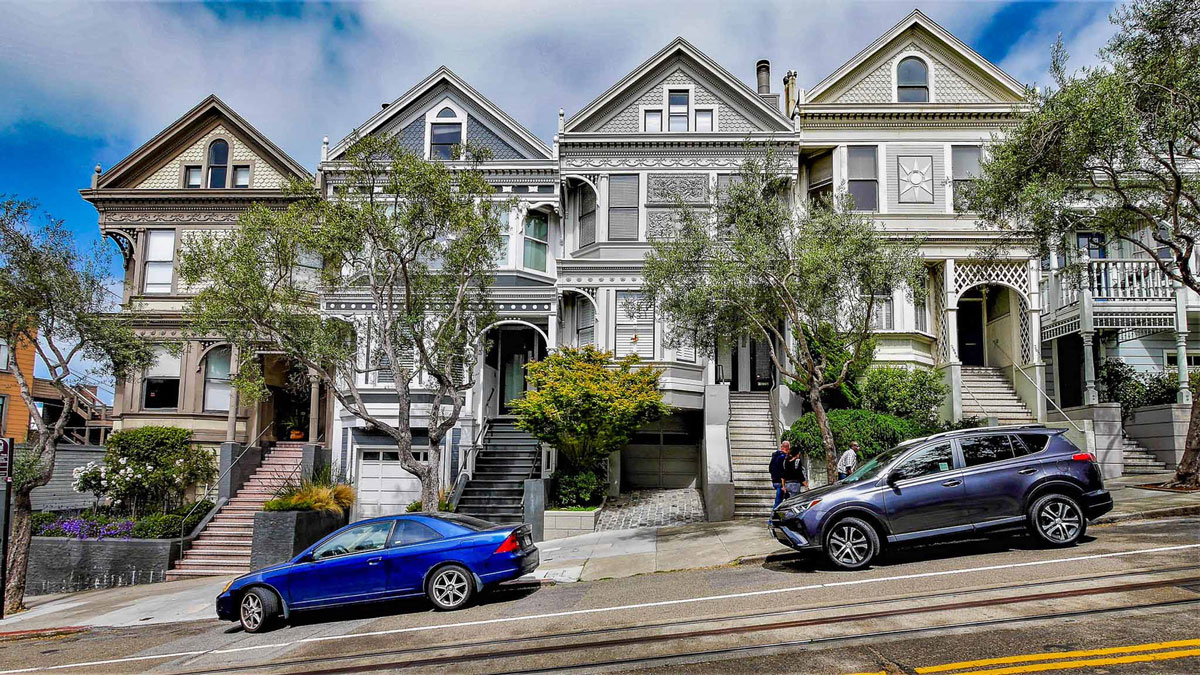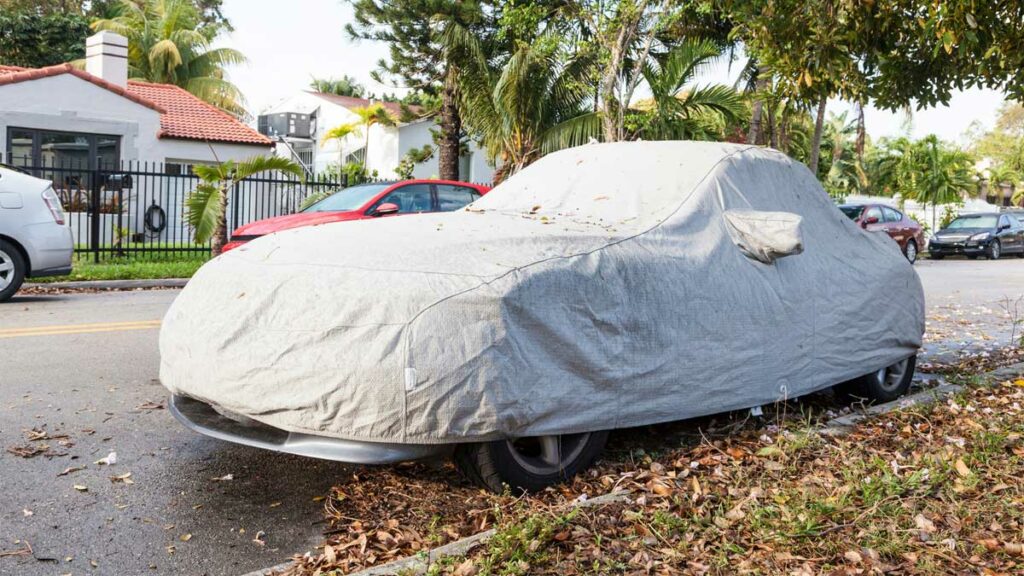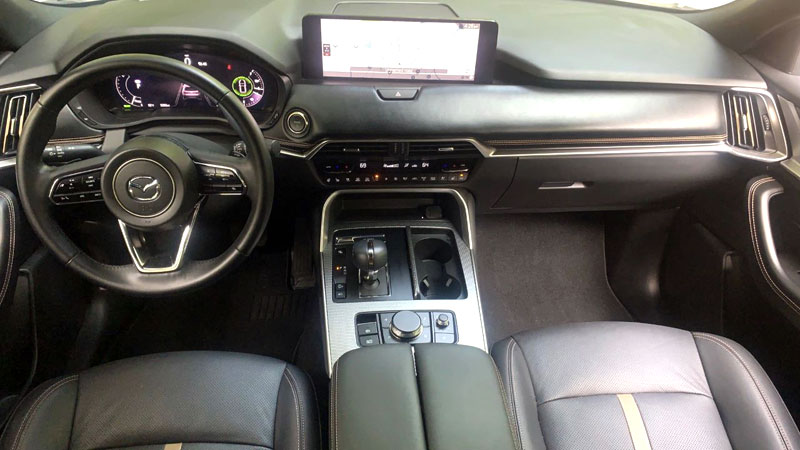Whether a fallen branch from an overnight storm scratched up your hood, long term exposure to the elements led to paint fading and upholstery cracks, or vandals found your car an easy target at 2am, life without an enclosed garage isn’t easy.
When street parking or uncovered driveways are your only option, all is not lost though. Here are a few ways you can protect your car without a garage.
Protect the Exterior
1. Apply Wax or Ceramic Coating
Waxing and ceramic coatings form an extra layer to shield the paint, finish, trim, lights and other exterior components. This hydrophobic barrier repels water, snow, salt, bird droppings, sap, acid rain and other corrosive contaminants that can eat away at the surface over time.
Investing in professional waxing 1-2 times per year or pricier long-term ceramic treatments every few years provides durable protection against oxidation, rust and overall weathering and wear. This prevents costly paint jobs down the road.
Sure you can DIY, but prepare to spend half your Saturday detailing your car if you want it done correctly.
2. Use a Car Cover
A well-fitted car cover that is breathable yet waterproof is vital for keeping your vehicle free of dings, scratches and dents when sitting unprotected outside. Quality customized or semi-custom options hug the contours of your make and model for optimal defense against hail, kids’ bicycles, fallen tree branches and other hazards.
More expensive covers hold up better over years of use without degrading. Some even have padded, abrasion-resistant lining to prevent exterior contact damage, especially useful for high-end vehicles.
Is a car cover worth it? Absolutely! Just spend a bit extra on a quality product that will protect better, last longer, and be easier to put on and take off.
3. Park Strategically
Pay attention to shelter from trees, overhangs or partially enclosed structures when choosing a place to leave your vehicle. This blocks direct sun, rain, snow and other exposure. Locate covered parking off main roads and far from shopping cart corrals or heavy foot traffic or bicycle locking areas to also minimize accidental dings.
Periodically check both parked cars and potential parking zones after storms for fallen sticks, leaves or other debris that could blow onto surfaces causing scratches or dents if left there over time before driving or parking again. Being more selective with parking areas reduces overall exterior risks.
Protect the Interior
4. Install Sunshades
Sunshades block UV rays from causing cracks, fading and other age-related damage to dashboards, upholstery and interior plastics. They also dramatically reduce indoor temperatures on hot days.
Custom-fit windshield shades provide the best coverage without gaps for maximum sun protection. There are even specialized shades available for side windows in addition to the windshield.
High heat over time deteriorates interior materials, making sunshades a worthwhile investment for extending the life of surfaces.
5. Use Surface Protectants
Products like vinyl, rubber, or upholstery protectants along with leather conditioners add an extra line of defense against sun, weathering, and regular use.
Protectants help block damaging ultraviolet rays from the sun that can cause premature fading, drying out, or cracking of interior surfaces like leather, vinyl, plastics, and fabrics.
Ingredients in protectants moisturize to keep interior surfaces from drying out. This maintains flexibility and suppleness and prevents cracking from dryness over time. Moisturized surfaces better withstand temperature fluctuations and sunlight intensity changes.
These products can make interior surfaces more water-repellant and resistant to water staining or watermarks. This allows surfaces to better withstand rain and snow coming in contact with the interior through open doors or windows, while also facilitating quicker drying.
6. Clean Regularly
Allowing dust, pollen, grease and grime to build up leads to staining, especially on light colored surfaces. It also encourages mold growth in carpets.
Getting into the habit of frequently vacuuming seats, floor mats and crevices followed by wiping down vinyl and leather keeps ahead of deep-set debris accumulation. Pay special attention to grimy builds up in the cracks of console buttons and radio screens.
Aim to fully clean the inside at least monthly by removing floor mats and loosening trapped dirt underneath with specialty interior cleaner for stubborn areas. This prevents lasting aesthetic damage or foul odors from taking hold over the long run.
7. Use Moisture Control
Excess interior humidity encourages unhealthy mold, which eats away at materials over time, not to mention foul odors. Placing moisture absorbers in the cabin or trunk curbs condensation, especially important if street parking near bodies of water.
Silica gel packs (save them when they are included with products you purchase) last for years, rapidly reducing dampness levels when strategically distributed inside the vehicle. Maintaining relatively low interior humidity minimizes musty smells and safeguards against gradual water damage.
Security Measures
8. Alarm System
A quality alarm system that activates lights and a siren or your horn when triggered is a good way to keep your vehicle secure. Loud audible alarms often scare off thieves and troublemakers before they can steal, damage, or vandalize your car.
Many insurance companies offer premium discounts for professionally installed anti-theft alarms. Just be sure to always activate your security system when leaving the vehicle.
Most importantly, don’t leave valuables or even your keys inside your vehicle. You’d be surprised how many individuals do just that.
9. Install Wheel Locks
Wheel and tire theft is common since they can easily be resold online. Protect your rims and tires with locking lug nuts, which require a special key tool to remove. This makes it much harder for criminals to quickly take wheels, especially if you have aftermarket wheels or highly sought after stock wheels.
Many newer vehicle these days include wheels locks but if not, locking lug nut kits can be purchased fairly inexpensively.
10. Hide a GPS Tracking Device
A covert GPS tracker that’s self-powered or tapped into your car’s power source allows monitoring or tracking if stolen. Quality subscription-based units stay dormant to avoid detection until remotely activated after theft. This facilitates police recovery across states lines.
Opt for a rugged, waterproof device with accurate GPS location that does not require frequent battery replacement. Install the tracker in hidden, hard to reach spot as recommended by the manufacturer. GPS monitoring gives peace of mind (especially in high crime areas) and improves recovery odds with timely alerts.
Insurance and Financial Protection
Car insurance plays a few key roles in protecting a car parked without an enclosed garage:
- Comprehensive coverage will cover damage to the car if it is stolen, vandalized, or damaged by effects like a fallen tree branch or storm event. This protects against risks when the car is outside and unprotected.
- Collision coverage will cover damage if the car is hit while parked. Without a garage, the car is at higher risk of getting sideswiped or hit while parked on the street. Collision coverage is important.
- Liability coverage remains important even if parked on the street without a garage. If the parked car rolls away and hits another car or object, or causes any property damage, liability coverage would protect against claims made by the other parties involved.
- Uninsured motorist coverage also remains relevant. If a hit and run accident occurs with the parked car, this coverage would apply to repairs in cases where the at-fault driver cannot be identified.
So while parking inside an enclosed garage can minimize risks, having the right insurance plays a major role in protecting a car still parked outside overnight or for extended periods during the day.
- History of the Chevrolet SSR: The Retro-Styled Convertible Pickup - Apr 25, 2024
- The History of the BMW M Coupe (the “Clown Shoe”) - Mar 26, 2024
- The History of the Ford Flex - Feb 28, 2024




